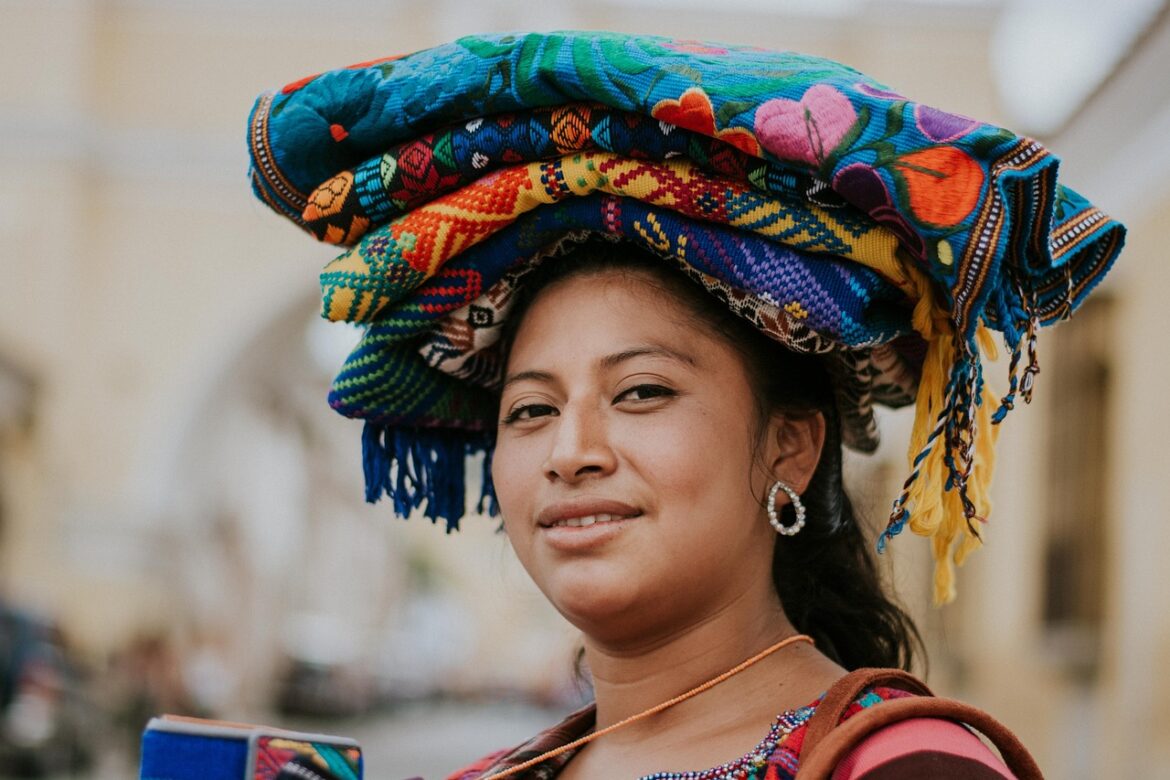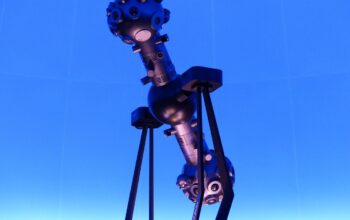Fashion and tech might seem like an odd couple, but 2025 is proving they’re the ultimate power duo. From AI-designed couture to productivity-boosting manufacturing tools, the industry is undergoing a silent revolution where efficiency meets artistry. Let’s unravel the threads of this transformation through real-world examples that are changing how clothes get made—and worn.
The Designer Who Embraced AI’s “Happy Accidents”
Legendary designer Norma Kamali recently collaborated with an AI model to reinterpret her iconic studded black dresses. Instead of fighting the technology’s quirks, she leaned into what others might call errors—AI’s “hallucinations” that created distorted patterns and unexpected silhouettes. “Some of the best editorial fashion is absurd,” Kamali noted, showcasing AI-generated designs alongside her traditional collections. This partnership reduced design iteration time while opening new creative pathways, proving that algorithms can be the ultimate brainstorming buddy.
Stitch Faster, Waste Less: The Bangladesh Breakthrough
At Cotton Club (BD) Ltd in Bangladesh, Coats Digital’s GSDCost software became the unsung hero behind a 25.6% improvement in Standard Minute Values—the golden metric measuring sewing efficiency. By optimizing workflows, they achieved a 5% productivity bump and 90% accuracy in cost predictions. For workers, this translated to fairer workload distributions and fewer overtime emergencies. Manager Rajib Ahmed explains: “It’s like GPS for garment-making—we see bottlenecks before they happen.”
The Smart Shirt That Does Your Health Checkups
Imagine your jacket tracking your heart rate during a meeting, or your dress reminding you to hydrate. The $4.6 billion smart fashion market (projected to hit $22.9 billion by 2033) is making this routine. Today’s connected garments use microscopic sensors to monitor posture, activity levels, and even stress biomarkers. For health professionals and athletes, this means real-time biometrics without clunky wearables—productivity through seamless integration.
Shopify’s AI Push: A Cautionary Tale for Fashion Brands?
While not exclusively fashion-focused, Shopify’s company-wide AI mandate offers lessons. CEO Tobi Lütke now judges staff performance partly on AI tool mastery. Fashion brands like ASOS and Revolve are taking notes, implementing AI for everything from inventory forecasting to personalized styling emails. The challenge? Ensuring human creativity remains the driver rather than the driven.
The Productivity Paradox: Will Robots Replace Seamstresses?
As sewing talent shortages grow (Kamali notes “fewer skilled hands at the machine”), AI tools are becoming stopgaps. But there’s a twist: early studies show AI-assisted workers often outperform those working solo, with narrowed skill gaps between novices and experts. It’s less about replacement and more about augmentation—think of it as digital sewing kits.
| Technology | Impact Area | Real-World Example |
|---|---|---|
| AI Design Assistants | Creative Process | Norma Kamali’s AI-Generated Studded Dresses |
| Workflow Software | Manufacturing | Cotton Club’s 25% Efficiency Jump |
| Smart Textiles | Health Tracking | Jackets Monitoring Biometrics |
The fabric of fashion’s future isn’t just woven from thread—it’s threaded with data, algorithms, and a renewed focus on doing more with less. For professionals, this means adapting to tools that amplify human potential rather than replace it. As MIT’s Bhaskar Pant puts it: “Innovation is ageless, fueled by curiosity.” In an industry often criticized for waste, these productivity leaps might just be its sustainability lifeline.
References:
- https://www.openpr.com/news/3973881/smart-fashion-revolutionizing-the-intersection-of-technology
- https://www.miragenews.com/norma-kamali-is-transforming-future-of-fashion-1448056/
- https://fashionunited.com/news/business/in-celebration-of-earth-day-a-rundown-of-some-major-eco-fashion-milestones/2025042265582
- https://www.fibre2fashion.com/news/textiles-technology-news/cotton-club-bd-boosts-profits-with-coats-digital-s-gsdcost-302172-newsdetails.htm
- https://praella.com/sv/blogs/shopify-news/shopifys-ceo-champions-artificial-intelligence-adoption-to-boost-productivity
- https://ignitevisibility.com/digital-marketing-news/
- https://www.workitdaily.com/office-fashion-update-look
- https://hai-production.s3.amazonaws.com/files/hai_ai_index_report_2025.pdf



